Have you ever wondered about the captivating world behind beauty and style? Prepare to be amazed as we uncover the secrets and intriguing stories of cosmetology! From its ancient origins to iconic hairstylists who shaped the industry, this journey will leave you with a newfound appreciation for this art form that transcends mere aesthetics.
Fun Facts About Cosmetology
Let’s begin our adventure by delving into some fascinating facts! Cosmetology’s rich history spans millennia, dating back to ancient Egypt, where makeup and hairstyles were forms of self-expression. This emphasis on beauty wasn’t exclusive to Egypt—ancient Greece boasted elaborate wigs, while intricate braids were prominent in many African cultures. Cosmetology’s enduring presence throughout history highlights its significance across diverse civilizations.
Cosmetology extends beyond just appearances. It’s a multifaceted field encompassing hair styling, makeup artistry, nail care, skin treatments, and even teeth whitening. It’s the perfect blend of technical expertise and artistic vision, where professionals use their skills to help individuals look and feel their best.
Becoming a certified cosmetologist is a journey that demands dedication and adherence to regulations. These regulations, which can differ geographically, ensure client safety and foster trust between practitioners and their clientele.
The global beauty industry’s multi-trillion dollar value speaks volumes about the lucrative career paths available to skilled cosmetologists. Whether your passion lies in skincare, makeup artistry, hair styling, or spa treatments, there’s a niche waiting to be filled.
Beyond the allure of financial success, cosmetology is fundamentally about empowering individuals to embrace their unique beauty. Ethical practices, such as safeguarding client privacy, transparently disclosing product ingredients, and cultivating inclusivity, are paramount in creating a welcoming space for everyone.
What is a fun fact about hairdressers?
Hairdressers, those magicians of the salon, possess a captivating history as rich and nuanced as a soothing head massage.
Did you know that ancient Egyptians, renowned for their iconic hairstyles, were also masters of wig-making? These wigs served as status symbols and played integral roles in religious rituals, showcasing their significance beyond mere fashion.
Fast forward to the 18th century, where Napoleon Bonaparte’s personal hairstylist, Monsieur Léonard, made history by inventing hair extensions—a testament to the timeless desire for voluminous hair.
The invention of electric clippers in 1891 revolutionized the hairdressing world. This innovative tool streamlined haircuts, making them faster, more precise, and arguably less painful. Today, it’s hard to imagine a barbershop without this essential tool.
The iconic geometric haircuts of the swinging sixties, popularized by the legendary Vidal Sassoon, weren’t just about aesthetics—they represented a societal shift, a departure from rigid norms, symbolizing freedom and self-expression through hair.
Modern hairstylists have elevated their craft to an art form, utilizing techniques like hair sculpture to craft personalized masterpieces. They consider factors such as face shape, personality, and lifestyle to design styles that reflect each client’s individuality.
From ancient traditions to cutting-edge techniques, hairdressing’s rich history and artistry are evident in every haircut. The next time you visit your stylist, remember that you’re experiencing the culmination of centuries of expertise and creativity.
What are some fun facts about the hair industry?
Prepare to be amazed by these intriguing tidbits from the world of hair!
Did you know…?
- Ancient Egyptians were all about that wig life! However, these elaborate creations, often adorned with intricate braids and jewels, transcended mere vanity. They served as powerful symbols of social standing and played significant roles in religious ceremonies, showcasing the multifaceted nature of hair adornment in their society.
- Hair extensions? Thanks, Napoleon! Legend has it that Napoleon Bonaparte’s hairstylist ingeniously crafted the first hair extensions to address the emperor’s concerns about thinning hair. This innovation inadvertently paved the way for a billion-dollar industry driven by the desire for fuller, more voluminous locks.
- Electric Clippers: The Game Changer Prior to 1891, haircuts were likely time-consuming and labor-intensive affairs. The invention of electric clippers revolutionized the industry, ushering in an era of faster, more precise, and potentially less painful haircuts.
- Vidal Sassoon: The Rebel with a Cause (and Scissors!) Vidal Sassoon’s iconic geometric haircuts of the 1960s were more than just a style statement—they challenged traditional norms, becoming symbols of rebellion, freedom, and self-expression.
- Hairdressers Today: Artists in their Own Right! Modern hairstylists push creative boundaries with techniques like hair sculpture, transforming hair into elaborate, unique masterpieces. Their ability to shape and mold hair into intricate designs is a testament to their artistic prowess.
The next time you find yourself in a salon chair, take a moment to appreciate the rich history, creativity, and artistry woven into every haircut. It’s a world that transcends shampoo and scissors, encompassing cultural trends, technological advancements, and the enduring human desire for self-expression through hair.
Want to Learn More?
This is merely a glimpse into the fascinating world of the hair industry. If you’re eager to delve deeper, a treasure trove of books, articles, and documentaries awaits. A quick online search will unlock a world of captivating information about this ever-evolving field.
Disclaimer:
The information presented here draws from common knowledge and historical anecdotes. Verifying certain details with absolute certainty is challenging due to the vast and intricate history of hairdressing. The continuous emergence of new discoveries underscores the dynamic nature of this field.
Why is being a cosmetologist fun?
We’ve already touched upon the amazing aspects of being a cosmetologist, but let’s dive into the elements that make it a truly enjoyable and rewarding profession.
As a cosmetologist, you’re not just performing services; you’re an artist, and your client becomes your canvas. You have the creative freedom to experiment with colors, styles, techniques, and products to create personalized masterpieces, turning each client into a walking work of art. Every hour brings a new creative challenge, keeping the work fresh and engaging.
One of the most appealing aspects of cosmetology is its variety. One day you might be transforming someone for a special event, while the next could involve pampering a client with a rejuvenating facial. This dynamic work environment prevents monotony and keeps your skills sharp.
Beyond creative freedom and diverse tasks, cosmetology is about connecting with people. You have the privilege of building relationships with individuals from all walks of life, hearing their stories, and becoming a trusted confidant. The ability to make someone feel good about themselves, witnessing their confidence soar after a salon visit, brings a unique sense of fulfillment.
Research suggests that these experiences are common among many cosmetologists, but it’s essential to acknowledge that everyone’s journey in this field is unique. Some discover their niche in specialized areas like hair coloring or special effects makeup, while others thrive on mastering every aspect of cosmetology.
While cosmetology, like any profession, has its challenges, the creative freedom, personal connections, and joy it brings make it a fun and fulfilling career path for many.
How Did Cosmetology Get Its Name?
The word “cosmetology” itself has a fascinating etymology that takes us back to ancient Greece.
The Greeks, known for their profound influence on language and philosophy, used the term “kosmetikos,” which described individuals skilled in the art of adornment—those who excelled in making things aesthetically pleasing. They were the trendsetters of their time, shaping perceptions of beauty and style.
“Kosmetikos” is a fusion of two evocative Greek words: “kosmos,” meaning “world” or “order,” and “eidos,” signifying “form.” Cosmetology, therefore, emerged as the art of bringing harmony and beauty to the world through the skillful application of adornment techniques.
Interestingly, experts believe that the earliest cosmetologists were likely priests and priestesses who utilized makeup and specialized hair treatments during religious ceremonies.
The ancient Egyptians were renowned for their elaborate makeup and hairstyles, often using natural ingredients whose secrets we’re still uncovering today. Their advanced beauty practices continue to fascinate and inspire us.
The Greeks and Romans also made significant contributions to cosmetology, developing techniques that continue to influence the field today. The legacy of these ancient civilizations is evident in the tools, techniques, and products used by contemporary stylists and makeup artists.
The word “cosmetology” carries with it a rich history, reflecting the enduring human desire to enhance beauty and express individuality through adornment.
What are 3 interesting facts about hair?
While we’ve already established that hair is pretty amazing, prepare to have your mind blown by these captivating hair facts!
1. Rapid Growth: Hair is one of the fastest-growing tissues in the human body. Though it might not seem like it when you’re patiently waiting for your hair to grow longer, hair strands can sprout up to half an inch every month! Of course, factors like genetics, nutrition, and overall health can influence individual growth rates.
2. Shedding is Normal: While it might sound a tad unpleasant, shedding hair is a natural and necessary part of the hair growth cycle. On average, people shed between 50 to 100 hairs each day. This shedding process allows old hairs to make way for new ones, ensuring a healthy head of hair.
3. Color Diversity: Human hair exhibits a remarkable spectrum of colors, from jet black to platinum blonde and countless shades in between. This diversity is partially attributed to human evolution and adaptation to various environments and levels of sun exposure. On a more technical level, hair color is determined by the amount of melanin, a pigment found in skin, eyes, and hair. Higher melanin levels result in darker hair, while lower levels lead to lighter shades. As we age, melanin production can decrease, leading to gray or white hair—nature’s way of adding a touch of distinction.
Who is the Most Famous Hair Stylist?
Choosing the “most famous” hairstylist is akin to selecting the most delicious ice cream flavor—personal preferences reign supreme! The world of hair has witnessed countless talented artists who have left an indelible mark on the industry.
Consider Vidal Sassoon, the visionary who revolutionized hairstyling in the 1960s with his sharp, geometric cuts. His influence continues to resonate today, a testament to his lasting impact.
Kim Kimble has earned the moniker “Hairstylist to the Stars” for her exceptional work with Hollywood’s A-listers. Renowned for her expertise in natural hair care, Kim’s groundbreaking styles have graced countless red carpets and magazine covers.
Jen Atkin, the queen of effortless beach waves and red-carpet glam, boasts millions of Instagram followers, solidifying her status as a global hair influencer. She inspires countless individuals with her accessible yet glamorous styles.
These iconic hairstylists have not only set trends but have also elevated hairstyling to an art form, demonstrating its transformative power and its ability to empower self-expression.
Countless other talented individuals deserve recognition, making it nearly impossible to crown a single “most famous” hairstylist. New talents constantly emerge, redefining and reshaping the industry’s landscape. One thing is certain: hairstylists have become integral players in the worlds of beauty and fashion, wielding their creativity and skill to shape how we look and feel.
Why is being a hairdresser interesting?
We’ve explored the craftsmanship involved in hairdressing, but what makes it truly captivating? What inspires someone to dedicate their career to hair?
Imagine having the ability to transform a person’s look, instilling confidence and a sense of renewal. That’s the power of a hairdresser.
It’s akin to being a sculptor, but instead of stone, you shape hair. Each haircut, each color treatment, presents a unique opportunity to showcase creativity, bringing a vision to life. No two heads of hair are alike, demanding adaptability, ingenuity, and a constant desire to learn and evolve.
Hairdressing goes beyond the technical aspects—it’s about building connections. Hairdressers often become confidants, therapists, and friends to their clients, listening to their stories, sharing in their joys and sorrows, and offering support and encouragement.
It’s important to acknowledge that hairdressing, like any profession, has its challenges. It requires hard work, patience, and continuous learning. Staying updated on trends, mastering new techniques, and navigating demanding clients are all part of the job.
However, for those who thrive on creativity, human connection, and the transformative power of hair, hairdressing is more than just a job—it’s a calling.
Consider these compelling aspects:
- The Intersection of Art and Science: You’re mixing chemicals, analyzing hair types, and understanding the science behind styling while simultaneously expressing your artistic vision.
- Expanding Your Repertoire: From facials to manicures, you can become a one-stop shop for all things beauty, keeping your skills diverse and your days interesting.
- The Power of Transformation: Witnessing the confidence boost a great haircut can provide is a truly rewarding experience.
Is being a hairdresser interesting? Absolutely. It’s a dynamic field that offers endless possibilities for those with a passion for creativity, a genuine desire to connect with people, and a strong work ethic.
A World of Opportunities Awaits:
This is just a glimpse into the world of hairdressing. Specializing in a specific technique, owning a salon, or even pursuing a career as an educator are just a few of the many paths available in this multifaceted industry.
What is a fun fact about barbers?
Barbers, those masters of fades and shaves, have a history that extends far beyond the barbershop chair.
Believe it or not, barbers were once sought after for their medical expertise! In the past, people turned to barbers for tooth extractions and even bloodletting. This fascinating intersection of barbering and medicine suggests that these skilled individuals were among the earliest medical practitioners.
The first barber school opened its doors in Chicago in 1893, marking a significant milestone in the professionalization of the trade. For over 130 years, aspiring barbers have honed their craft, ensuring that hairstyles remain sharp and stylish.
The word “barber” itself has an interesting origin, stemming from the Latin word “barba,” meaning “beard.”
No discussion about barbers would be complete without mentioning Figaro, the legendary character from “The Barber of Seville.” Figaro, a symbol of wit, charm, and barbering prowess, has secured his place in history and literature.
The next time you find yourself in a barber’s chair, remember that you’re experiencing a tradition that dates back centuries.
Why do hairdressers love their job?
We’ve discussed the creativity and skill involved in hairdressing, but what brings true joy to those who dedicate their days to making people look their best?
For many hairdressers, it’s more than just a paycheck—it’s about transforming lives, one haircut at a time. The ability to boost a client’s confidence, help them embrace their individuality, and witness their joy as they see their new look is profoundly rewarding.
It’s not always about dramatic makeovers; sometimes, it’s the small gestures that make a difference. Helping someone find the perfect lipstick shade or teaching them a new hairstyling technique can have a significant impact on their self-esteem.
The social aspect of hairdressing is another reason why many love their job. Building relationships with clients, becoming a trusted confidant, and sharing stories is a cherished part of the experience.
Many hairdressers appreciate the flexibility that often accompanies their profession. Being their own boss, setting their own hours, and having greater control over their careers appeals to those seeking work-life balance.
Here’s a closer look at the factors that contribute to job satisfaction among hairdressers:
| Aspect of the Job | What Hairdressers Love |
|---|---|
| Creative Expression | Experimenting with styles, colors, and techniques to create unique looks. |
| Client Transformations | Witnessing the positive impact of their work on clients’ self-esteem. |
| Social Interaction | Building connections, sharing stories, and forming bonds with clients. |
| Flexibility and Autonomy | Setting their own schedules and having control over their careers. |
| Continuous Learning | Staying updated on the latest trends and techniques in the beauty industry. |
While research on job satisfaction within the hairstyling field is ongoing, anecdotal evidence suggests that these factors contribute to why many hairdressers find their work enjoyable and fulfilling. It’s essential to remember that individual experiences vary based on factors like work environment, client relationships, and personal career aspirations.
What do you love about hairdressing?
After years of snipping, styling, and transforming hair, the question I’m most frequently asked is, “What keeps you passionate about hairdressing?” It’s a question that always makes me smile because my love for this profession runs deep!
For me, it’s about being more than just a hairdresser—it’s about being an image consultant. It’s about understanding my clients’ personalities, lifestyles, and aspirations and translating those qualities into hairstyles that make them look and feel their best. The process of matching a haircut to a face shape or finding the ideal hair color to enhance someone’s eyes is incredibly fulfilling. Witnessing their confidence soar as they leave the salon is the ultimate reward.
There’s a special kind of magic in the transformative power of a new hairstyle. Whether it signifies a fresh start after a life change or a simple reminder of their inner and outer beauty, knowing that I played a part in that transformation fills me with a sense of purpose.
Hair is my canvas, and the possibilities for creative expression are limitless. Each haircut, each color choice, each styling technique is an opportunity to bring a vision to life. From classic and elegant styles to bold and edgy creations, the joy lies in embracing diversity and pushing creative boundaries.
If you’re passionate about beauty, creativity, and making a difference in people’s lives, the world of cosmetology might be your calling.
Did you know that dental hygienists are not only responsible for cleaning your teeth but also play a huge role in maintaining your overall oral health? To learn more about these amazing professionals, check out our article on fun facts about dental hygienist.
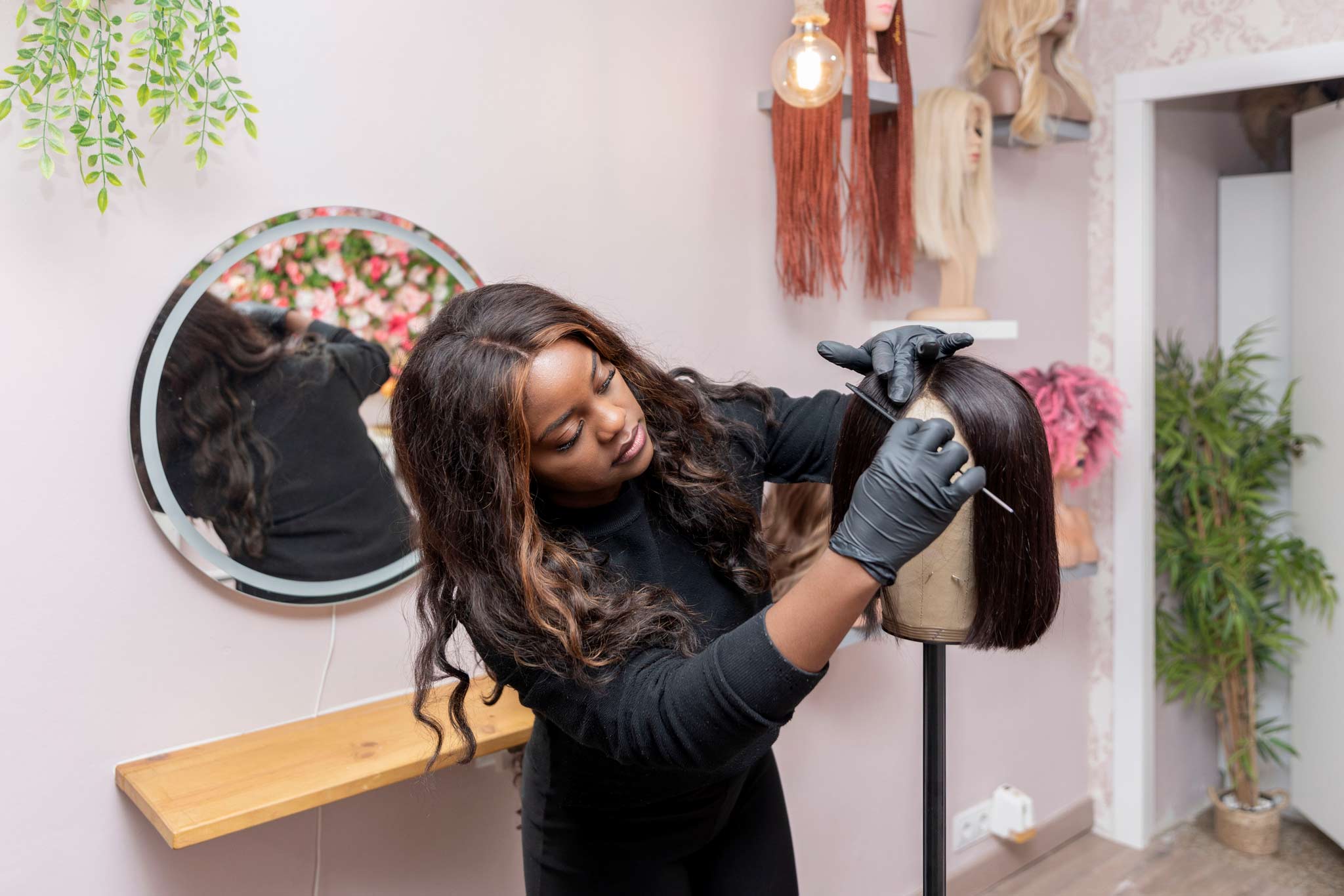
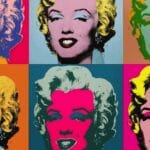
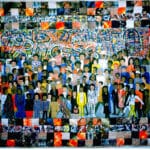

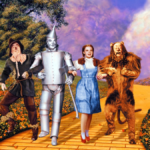
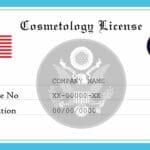











1 thought on “Beyond the Salon Chair: Fun Facts About Cosmetology You Never Knew”
Comments are closed.